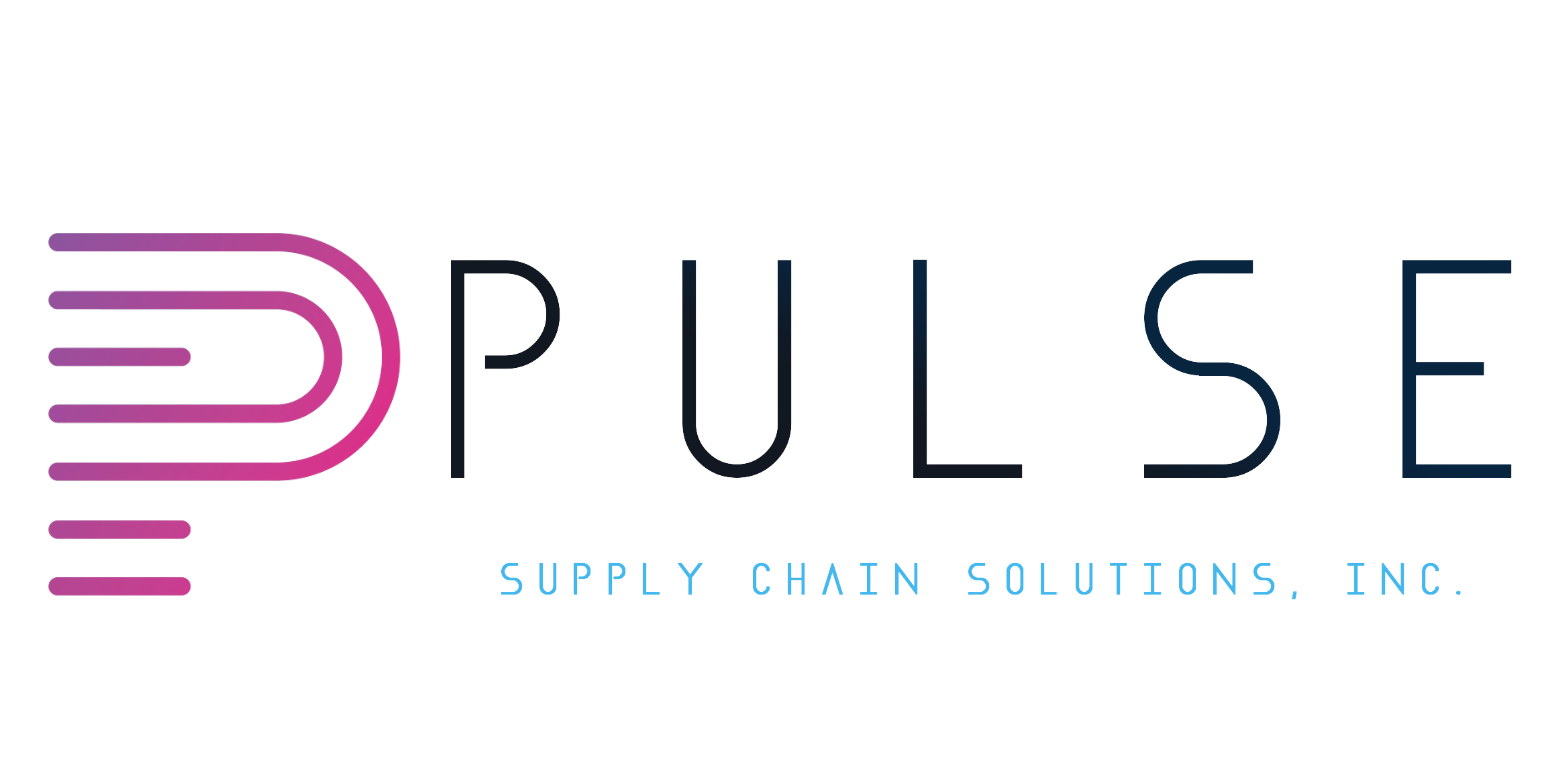As we continue our journey through the ESG landscape, it becomes increasingly clear that no company can achieve its sustainability goals in isolation. Collaboration and partnerships are vital for amplifying the impact of ESG initiatives. This article will explore how businesses can leverage collaboration to drive meaningful change, share resources, and overcome common challenges in their ESG efforts.
Think of collaboration in ESG as a symphony orchestra. Each musician brings their unique skill, but it is only through working together under a shared vision that they create harmonious and impactful music. Similarly, companies can achieve greater ESG success by partnering with other organizations, stakeholders, and industry groups.
Industry-wide collaborations can drive systemic change and set new standards for sustainability. By working together, companies can share best practices, develop new technologies, and create industry benchmarks that push everyone forward.
A prime example is the Consumer Goods Forum (CGF), where leading companies like Nestlé, Unilever, and Walmart collaborate to tackle global sustainability challenges. Through collective action, CGF members have made significant strides in areas such as reducing deforestation and improving supply chain transparency.
Non-governmental organizations (NGOs) and government agencies bring valuable expertise, resources, and credibility to ESG initiatives. Collaborating with these entities can help companies address complex issues, access funding, and enhance their impact.
For instance, the partnership between Coca-Cola and the World Wildlife Fund (WWF) focuses on water conservation and sustainable agriculture. This collaboration has led to the implementation of numerous water stewardship projects, benefiting both the environment and local communities.
Cross-sector partnerships bring together diverse perspectives and resources, driving innovation and enabling comprehensive solutions to ESG challenges. These alliances often involve businesses, NGOs, academia, and public sector organizations working towards a common goal.
The Ellen MacArthur Foundation’s Circular Economy 100 (CE100) network exemplifies cross-sector collaboration. It unites businesses, policymakers, and thought leaders to accelerate the transition to a circular economy. Through shared knowledge and joint projects, CE100 members develop innovative solutions for reducing waste and promoting sustainability.
Strategies for Effective Collaboration
To maximize the benefits of collaboration in ESG, companies should adopt the following strategies:
- Identify Shared Goals:
Successful partnerships are built on shared goals and mutual benefits. Companies should seek out partners with aligned values and complementary strengths, ensuring that the collaboration advances the ESG objectives of all parties involved.
- Establish Clear Roles and Responsibilities:
Defining clear roles and responsibilities helps prevent misunderstandings and ensures that each partner contributes effectively. This clarity fosters accountability and smooth execution of joint initiatives.
- Foster Open Communication:
Effective communication is the backbone of any successful partnership. Regular meetings, transparent reporting, and open dialogue help build trust and keep all partners informed and engaged.
- Leverage Complementary Strengths:
Each partner brings unique expertise and resources to the table. Leveraging these complementary strengths allows for innovative solutions and maximizes the impact of collaborative efforts.
- Monitor and Measure Impact:
Regularly monitoring and measuring the impact of collaborative initiatives is crucial for continuous improvement. Establishing KPIs and conducting joint assessments help track progress and identify areas for enhancement.
Several companies have demonstrated the power of collaboration in driving ESG success. One notable example is the Sustainable Apparel Coalition (SAC), which brings together apparel, footwear, and textile industry leaders to develop the Higg Index—a suite of tools for measuring sustainability performance. By collaborating, SAC members have standardized sustainability assessments and improved environmental and social impacts across the industry.
Another example is the partnership between IKEA and the World Resources Institute (WRI). This collaboration focuses on promoting sustainable forestry and sourcing practices. By working together, IKEA and WRI have developed strategies to ensure that all wood used in IKEA products is responsibly sourced.
Collaboration and partnerships are essential for scaling ESG initiatives and achieving long-term sustainability goals. By working together, companies can share knowledge, resources, and innovations, driving systemic change and creating a more sustainable future. As we conclude this series, remember that the journey towards ESG excellence is continuous and evolving. Stay committed, stay collaborative, and stay inspired by the positive change you can create through collective action.


